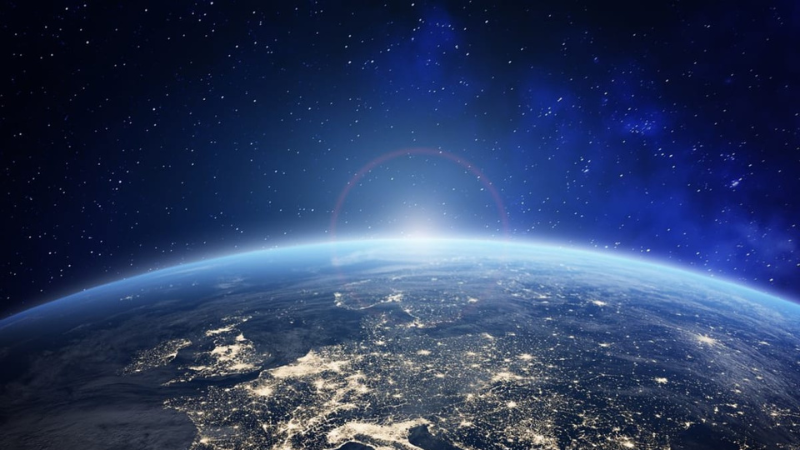1. What is the world’s highest elevation capital?
La Paz, Bolivia
The world’s highest elevation capital is La Paz, Bolivia. La Paz sits at an altitude of about 3,650 meters (11,975 feet) above sea level, making it the highest capital city in the world. While Sucre is Bolivia’s constitutional capital, La Paz is the seat of government and the executive capital. Its high elevation can pose challenges for visitors unaccustomed to the thin air.
2. Which continent is situated in all four hemispheres?
Africa
The only continent situated in all four hemispheres (Northern, Southern, Eastern, and Western) is Africa. Africa is uniquely positioned:
- It crosses the equator, placing parts of it in both the Northern and Southern Hemispheres.
- The Prime Meridian runs through Africa, placing parts of it in both the Eastern and Western Hemispheres.
This geographic position makes Africa the only continent to span all four hemispheres.
3. What is the deepest place on Earth?
The deepest place on Earth is the Challenger Deep, located in the Mariana Trench in the western Pacific Ocean. It reaches a depth of approximately 36,000 feet (about 11,000 meters) below sea level. The exact depth can vary slightly due to measurement methods, but it is the deepest known point in Earth’s oceans. Challenger Deep is named after the HMS Challenger, the British ship that first conducted soundings in the trench in 1875.
4. The farthest point from land is located in which ocean?
Pacific
The farthest point from land, known as Point Nemo, is located in the South Pacific Ocean. It is often referred to as the “oceanic pole of inaccessibility.” Point Nemo is about 1,450 nautical miles (2,688 kilometers) from the nearest land, making it the most remote place in the ocean. The closest landmasses are Ducie Island (part of the Pitcairn Islands), Motu Nui (an islet near Easter Island), and Maher Island off the coast of Antarctica.
5. Not including territories, which country spans the most time zones?
Russia
Not including territories, Russia spans the most time zones, with a total of 11 time zones across its mainland. It is the largest country in the world by land area, stretching from Eastern Europe to the Far East, which accounts for the large number of time zones.
6. Which mountain peak comes closest to the moon?
Mount Chimborazo
The mountain peak that comes closest to the moon is Mount Chimborazo in Ecuador.
While Mount Everest has the highest altitude above sea level, Mount Chimborazo is located near the Earth’s equator, where the planet bulges outward due to its rotation. This makes the summit of Chimborazo the farthest point from the Earth’s center, even though its elevation above sea level is lower than Everest’s.
So, due to the Earth’s equatorial bulge, the summit of Mount Chimborazo is the closest point on Earth to the moon and space.
7. Which U.S. state is home to Earth’s largest cave system?
Kentucky
The U.S. state that is home to Earth’s largest cave system is Kentucky. The Mammoth Cave system, located in Mammoth Cave National Park, is the longest known cave system in the world, with over 420 miles (676 kilometers) of surveyed passageways.
8. Which country has the largest concentration of lakes in the world?
Canada
Canada has the largest concentration of lakes in the world. It is estimated that Canada is home to around 2 million lakes, which account for approximately 60% of the world’s total number of lakes. These lakes vary greatly in size, with many of the largest, like the Great Lakes and Great Bear Lake, located within its borders.
9. Where is the coldest permanently-inhabited place on Earth?
Siberia
The coldest permanently inhabited place on Earth is located in Siberia, specifically in Oymyakon, Russia. Oymyakon, in the Sakha Republic, holds the record for the lowest temperature ever recorded in a permanent settlement, reaching -67.7°C (-89.9°F) in 1933. Despite the extreme cold, people continue to live there year-round.
10. Which country is the world’s youngest?
South Sudan
The world’s youngest country is South Sudan, which gained independence from Sudan on July 9, 2011. This followed decades of civil war and a 2005 peace agreement, making South Sudan the most recent sovereign state to be recognized by the international community.
10/10 Correct





